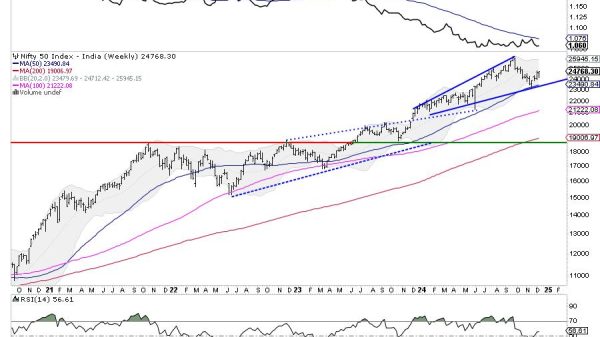
Tariffs on solar wafers, polysilicon, and certain tungsten products from China are going to rise dramatically come January 1st, 2025, the Biden administration announced Wednesday. That means higher price tags on key materials needed to make solar panels at a time when solar is the fastest growing source of electricity in the US.
Polysilicon is used to make solar wafers, which are the semiconductors in solar panels. Tungsten — the same material in old-school incandescent lightbulbs — has many uses in electronics because of its high melting point. The metal is also part of supply chains for the aerospace, automotive, defense, medical, and oil and gas industries.
It’s the latest instance of the Biden administration hiking up tariffs on goods from China — which dominates solar manufacturing — as part of its plan to build up domestic supply chains for clean energy.
Solar products from the Xinjiang region in particular also face accusations of forced labor and human rights abuses. The Office of the US Trade Representative (USTR) also said that the decision to raise tariffs follows an investigation into cyber theft and economic espionage by China.
“The tariff increases announced today will further blunt the harmful policies and practices by the People’s Republic of China,” ambassador Katherine Tai said in a statement. “These actions will complement the domestic investments made under the Biden-Harris Administration to promote a clean energy economy, while increasing the resilience of critical supply chains.”
Starting next year, tariffs on polysilicon and solar wafers will double from 25 to 50 percent. Tariffs on certain tungsten products will go from zero to 25 percent. Chinese companies produce more than 75 percent of the world’s polysilicon. Considering all the manufacturing stages for solar panels, which includes polysilicon and wafers, China holds more than 80 percent of global capacity.
American manufacturers welcomed the changes. “These trade measures will begin to counter the pervasive Chinese government subsidies in solar manufacturing. It is a step in the right direction,” Mike Carr, executive director of the Solar Energy Manufacturers for America (SEMA) Coalition, said in an emailed statement.
To be sure, Chinese policies aimed at boosting solar manufacturing have led to economies of scale that have allowed prices for solar panels to plummet around the world. Chinese companies also make much more affordable electric vehicles than US manufacturers. EVs from China have been similarly subject to soaring tariffs during the Biden administration to 100 percent from 25 percent this year. In May, Biden also announced that tariffs on battery parts and lithium-ion batteries would rise to 25 percent from 7.5 percent. In addition, he increased the tarifff rate on solar cells from 25 percent to 50 percent. And by 2025, the rate on semiconductors from China will double to 50 percent.
President-elect Donald Trump has said he plans to hike tariffs on imported goods from China even more than his predecessor, which is expected to increase prices on everything from cars to electronics.
























